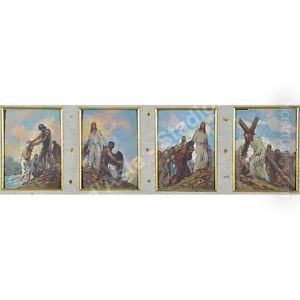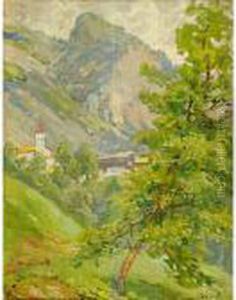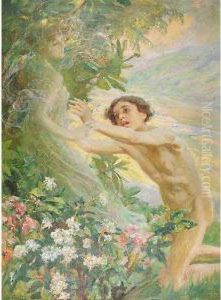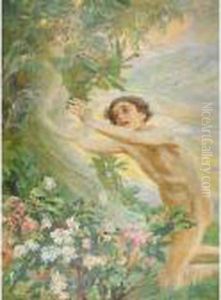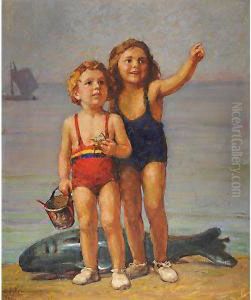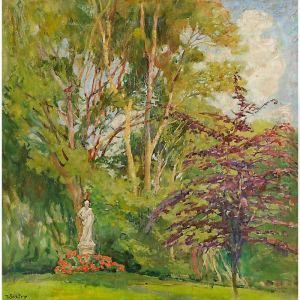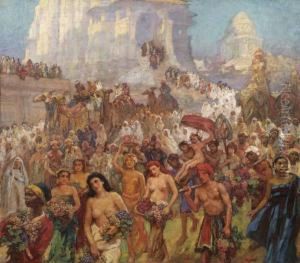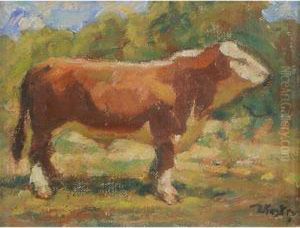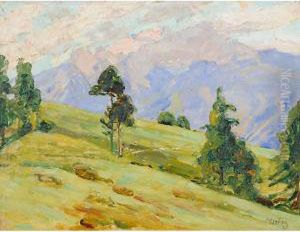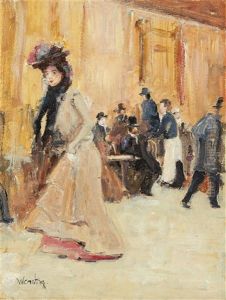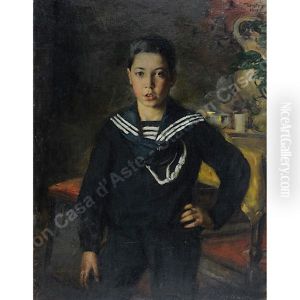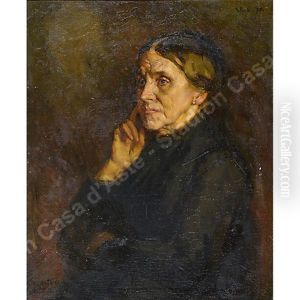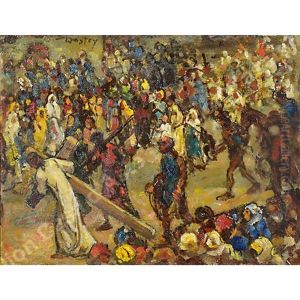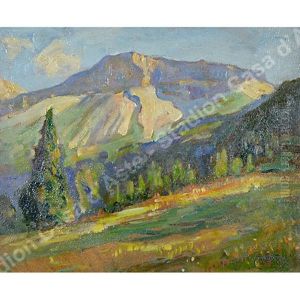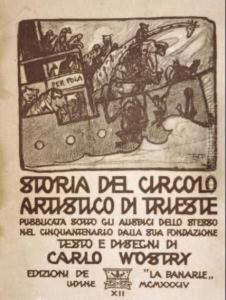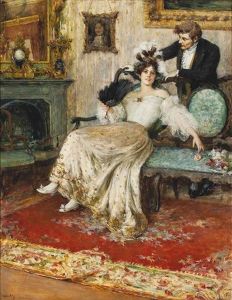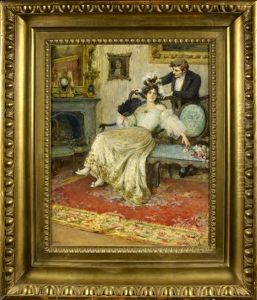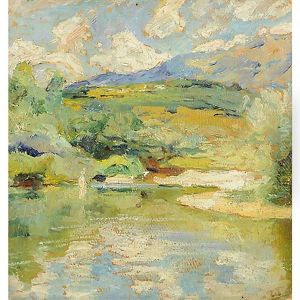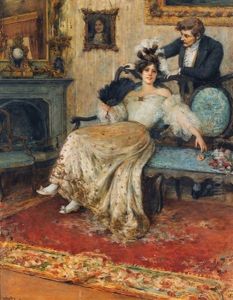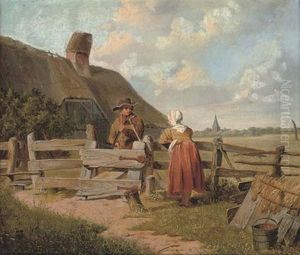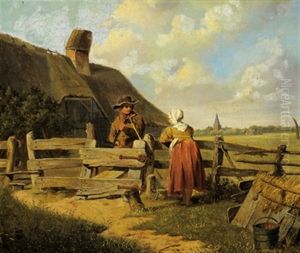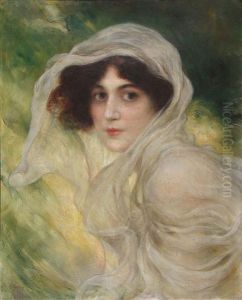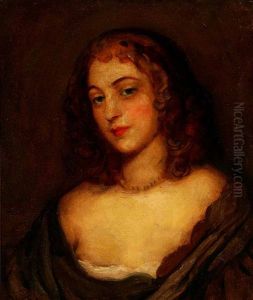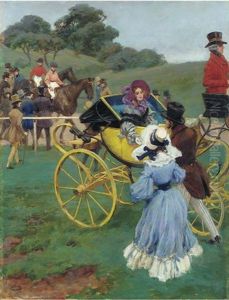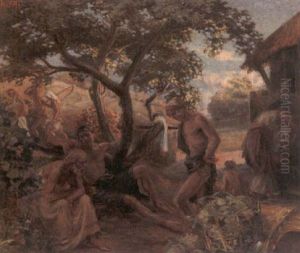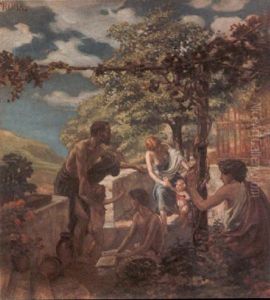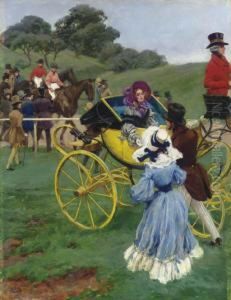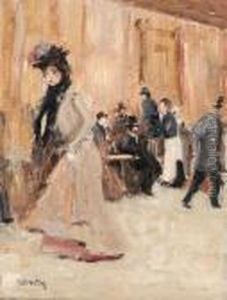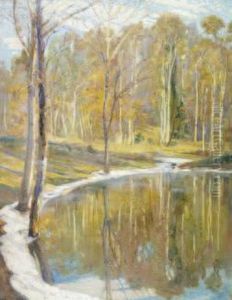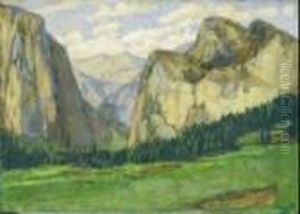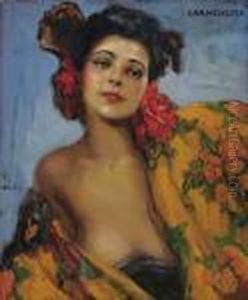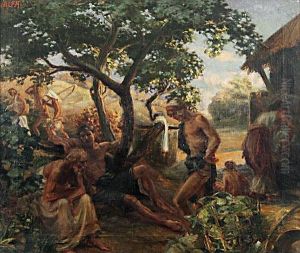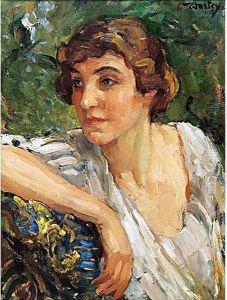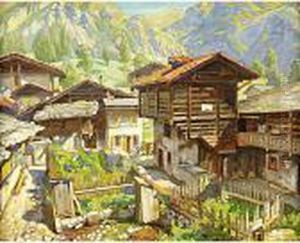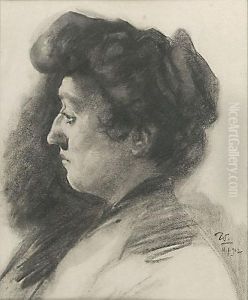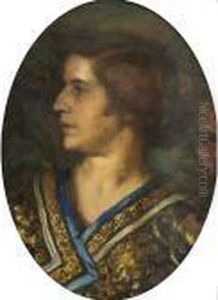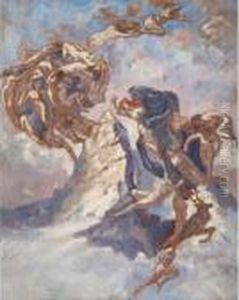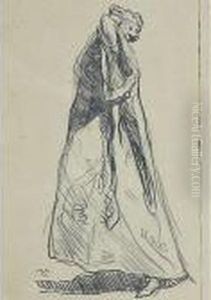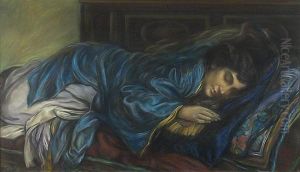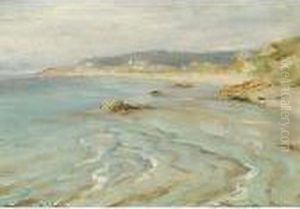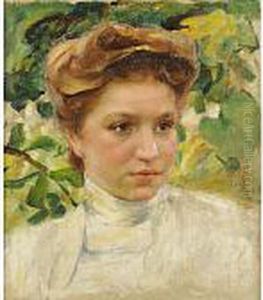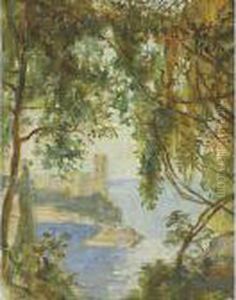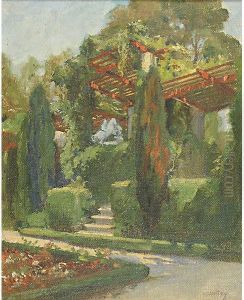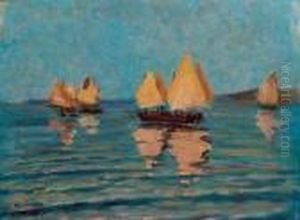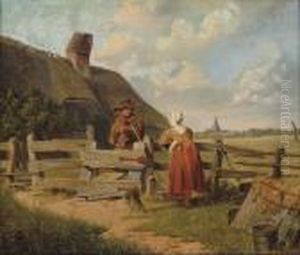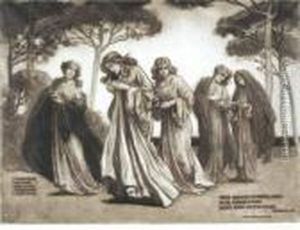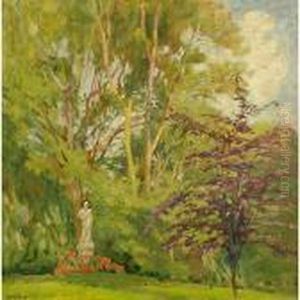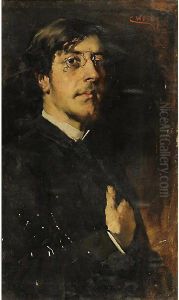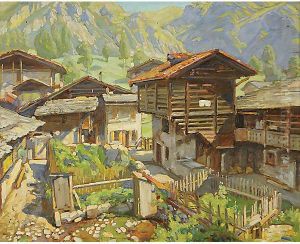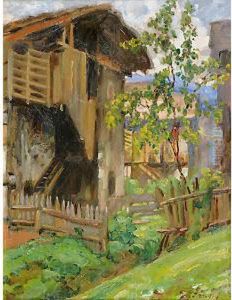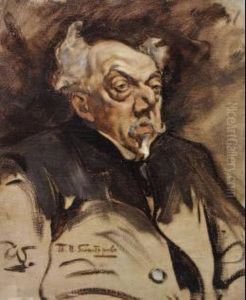Carlo Wostry Paintings
Carlo Wostry was an Italian painter, born in Trieste in 1865. His artistic career spanned across the late 19th and early 20th centuries, a period that witnessed significant transformations in the art world. Wostry received his early education in his hometown before moving to Munich to continue his studies. Munich, at the time, was a vibrant artistic hub that attracted many young artists seeking to learn from the masters of the day and to engage with the evolving art movements.
Wostry's work was influenced by the Munich School, a group of painters who were known for their realistic and detailed style, as well as their focus on genre works and landscapes. He became well-versed in the techniques of oil painting and watercolor, and his work often reflected a keen attention to light and shadow, which added a sense of depth and realism to his compositions.
After his time in Munich, Wostry traveled throughout Europe, further honing his skills and absorbing influences from various art movements and styles. He spent considerable time in Paris, which was then the center of the avant-garde, though Wostry himself remained more aligned with the traditional aspects of painting, rather than the emerging modernist trends.
Upon returning to Trieste, Wostry became an influential figure in the local art scene. His paintings often depicted scenes from the region, including its landscapes, seascapes, and the bustling life of its port. He captured the essence of the changing times, reflecting both the beauty of the natural world and the complexities of modern life.
During his career, Wostry exhibited his work widely, gaining recognition and accolades for his contributions to Italian art. Despite this, he never strayed far from his roots in Trieste, which continued to inspire his work until his death in 1943. Carlo Wostry left behind a legacy of finely crafted paintings that remain a testament to his skill and dedication to the traditions of fine art.
